You start from Badwater, Death Valley, the lowest point in the continental United States. You run nonstop for 135 miles up to the portal of Mt. Whitney, the highest point in the continental United States. You climb three summits, gaining 17,000 feet in elevation. You do it in 125-degree weather, and you do it in under 60 hours.
“They are throwing a lot at you here,” says Molly Sheridan, the only person from Las Vegas to complete in the 2009 Badwater Ultramarathon, which took place July 13-15 in Death Valley, two hours outside of Las Vegas. “You are dealing with heat, you are dealing with elevation, you are dealing with distance. That’s why they call it the toughest foot race on the planet.”
Sheridan is a 52-year-old working single mother of three who has only been running for a couple years. After crewing for (supporting) another Badwater runner last year, she spent the entire year in preparation for her own Death Valley debut.
During the race, she followed a strict strategy: She only rested for 10 minutes at time; she never slept; and she used nighttime to get ahead, when temperatures would drop to 100 degrees.
Even more importantly, Sheridan relied on a six-person crew, headed by her 18-year-old daughter. They provided her with snacks, water and critical emotional support every step of the way, from the 6 a.m. start to the finish line 45 hours later, and every excruciating minute in between.
“Your crew is absolutely essential. If you don’t have a crew that is helpful, it would be disastrous,” explains Sheridan. “We were like a family out there; we were like a unit. You get really close to people. I’m having all their names engraved on the back of my buckle. I could not have done that without those guys. We all just did a huddle after the finish line; it was just an emotional moment of, ‘Oh my gosh, what happened here?’ It was just positive energy, raising the human spirit.”
The Details
Sheridan’s finish time was 45:09. She received a buckle from Badwater as a special commemoration for finishing in under 46 hours.
The heat, the climb and the slog weren’t the only impediments along the Badwater course. A forest fire raged during the last few miles, fire trucks racing up and down the course. And even getting into the race can be an uphill battle.
This year 86 people competed (17 women, 69 men), while 500 other ambitious runners from around the world were denied entrance. Of the 86 people who started the race, 75 finished.
Badwater UltraMarathon is an invitation-only race. Only the top, toughest runners, are allowed to compete, and numbers are kept low to ensure the safety of all involved and that the trail doesn’t get too congested. Usually, this means the demographic skews to more “mature” runners, people in their 30s and 40s who are more able to physically and mentally endure extreme distances and temperatures.
Long-distance, competitive runners from around the world submit extensive applications, which include a personal essay that states why you want to race, and a committee handpicks only the most motivated, viable candidates.
“Since Badwater is invitation-only, it was really a complete honor to just even be there,” says Sheridan of her first time running the race. “It was surreal for me because in the ultrarunning community, Badwater is the toughest footrace on the planet…I think I was the most rookie person they chose.”
Four years ago, when Sheridan was 48 years old, a friend urged her to run a marathon for fun. Sheridan wasn’t into sports or running, but she ended up having a blast. “I thought, ‘I wonder if I train, how far could I go?’ So, I signed up for a 50K.”
After conquering 50K, 50-mile, 100K and 100-mile races, she wanted to take it to the next level. She crewed at Badwater 2008 for Reno geneticist Bill Andrews, who was running it for the first time. Then for the past year she trained intensively, getting up at 4:30 a.m. to workout for two hours before work, putting in even longer workouts on the weekends and taking several training trips to Death Valley.
“If you don’t train for the heat, you’re in trouble,” says Sheridan. “It’s an international race, so you are getting Europeans, Canadians, people from cold weather climates. I live in Las Vegas and I think I that was an advantage. If you don’t live in hot weather, you need to do sauna training, which means getting in a sauna and adapting your body to heat. I think people drop because they aren’t acclimated to that heat.
Badwater: 2009 Recap Video - from YouTube.com
“The heat is really, really intense, and to try and run in it, even walk in it for any long period of time…You know how it is here in Las Vegas when you’re going shopping and you just get exhausted from the heat. I think that it wipes out people.”
Even for a local like Sheridan the temperatures can be daunting.
“I knew that if I could make it the first 40 miles I could last the entire race. You need to be drinking tons and tons of water, taking electrolyte tablets and constantly monitoring how you are feeling to make sure you are not overheated. If you are, go to your support team and have them put ice in your hat, ice in your neck. Take a few minutes to get cool because otherwise you’ll be in trouble.”
During the race an on-site medical team treated several people for heat-related issues and heat blisters. Although many people weren’t able to finish the race, no serious injuries were sustained. Andrews, who was back for his second Badwater, was carted away twice to a medical facility to get his feet treated for severe blistering.
Badwater 2009: 6, 8, & 10am Starts - from YouTube.com
“Finishing that race was the toughest thing I ever did in my life,” says Andrews. “It was so hot, 127 degrees in the hottest part of the day. Then we had wind – it literally felt like you were sticking your head in a furnace, the kind of furnace where they melt down lead to make metal objects.”
In those conditions inspiration can be hard to come by, but Andrews found some in the form of his former crew member.
“I had to stop twice to be driven to a medical facility to have my feet treated, and both times I passed Molly still running. I told my crew I probably wasn’t going to get back in the race after they fixed my feet, but after I saw Molly was still going I thought, ‘Okay, I’ve got to get back in the race.’
“I did Badwater last year, but I thought this year was a lot, lot harder. …The only thing that kept me going was knowing Molly was still going… I kept thinking, ‘How is she doing it? How is she doing it?’ I couldn’t back down if she wasn’t going to back down. So I finished, but the only reason I finished it was because she finished it.”
While Sheridan appeared invincible to Andrews, she too almost broke down and gave up.
“The most difficult point for me was the second day, at 110 miles,” recalls Sheridan. “I had never gone that far before. I had done 100-mile races, but nothing that long. Up until 100 miles I was fine, but then I got extra hot. … I took a 10-minute emotional crying session. I totally freaked out my crew. But after I started crying and feeling sorry for myself, I started laughing hysterically. It was just a surreal moment when your emotions all over the place.”
That’s where the required Badwater crew comes in. They swoop in with motivating words and much-needed treats like watermelon and chips and salsa. And they remind you why you are subjecting yourself to the pain of more than three days of straight running.
“They did a great job of bringing me back to life,” Sheridan says of her crew. “They kept going, ‘Oh my God, Molly, you’re doing so great! You’re so far ahead of your time!’ They made it fun again. I have to have the fun factor. I have to remember the kids at Boys Town and my goal. ‘Look how close, you’re almost at the finish line!’”
Sheridan runs for Boys Town Nevada, an organization that supports abandoned children. Donors pledged money for every mile she ran; in total, about $9,000 in pledges went to Boys Town. Sheridan also raised thousands more at the Marathon des Sables, a 6-day, 151-mile endurance race across the Sahara Desert, which she ran in April.
Sheridan is currently writing a book about her experiences and adventures as a long-distance runner. Completing Badwater UltraMarathon will allow her to finish one of the final chapters.
“That was the Olympics for me,” Sheridan rhapsodizes. “I will lay down on my pillow at night and say, ‘Oh my gosh, I did Badwater!’ I can’t tell you what that did for me personally – me, who is normally just an average person.”
Sheridan, who works full-time as a personal assistant to philanthropist and Nevada Ballet Theatre founder Nancy Houssels, hopes to run Badwater again next year, but she recognizes the competition will be fierce. Either way, she will never stop running.
“I don’t have to worry about weight gain,” claims Sheridan. “I’m getting older and my joints are healthy, my muscles are healthy. I see a lot of women my age who don’t exercise and they are huffing and puffing just going upstairs. Physically and mentally, I think it’s great, and I feel better about myself.
“I hope someone reads this story and wants to just start walking. Maybe they haven’t been exercising; maybe they haven’t paid attention to their health. I’m 52 years old. I’m an older woman, and I think that’s a plus. I just want to go out there and be the unofficial ambassador of ultrarunning. There’s so much people can do with their bodies! I think with proper conditioning and proper training it’s possible for pretty much anybody to do it.”
Andrews, who has a PhD in molecular genetics and is the head of an anti-aging biotech research facility in Reno called Sierra Sciences, has his own singular motivation for running.
“I personally run ultras because I want to live forever,” he says. “I believe that running ultra marathons is one of the healthiest things you can do, and I’ve never seen a sport that has so many healthy elderly people.”
Andrews claims he is on the cusp of finding the cure for aging, and has 30 scientists working around the clock and millions of dollars in funds dedicated to the cause.
“I just want to be around when the actual cure for aging comes around,” says Andrews, who is 57.
The Badwater vet’s first running coach was an 87-year-old woman who broke the world record for marathon finish time for her age group. When she was 75, she taught Andrews how to run his first 100-mile race and helped him finish. When they neared the finish line, she took off running, leaving him gasping, out of breath and in disbelief.
“When you see her running a marathon she looks like a teenager,” Andrew recounts with admiration. “My personal mission is to age as well as these people have or better. I’m trying to get people to live to 130, 150 years, and possibly even older. The technology that we’ve developed here, we have no idea what the limit is on how long a person can live – 500 years isn’t out of the question.
“I want to run a 7-minute mile when I’m 130 years old, that’s going to be my benchmark to show that I’ve succeeded. Or if somebody else does it before me, that would be even better.”
Talk about inspiration.
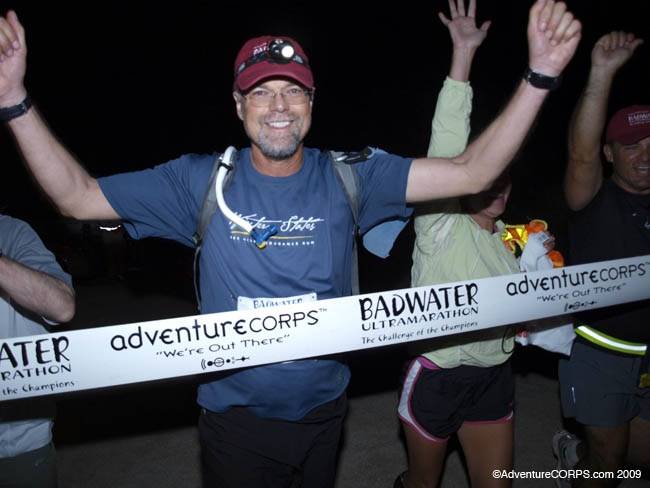



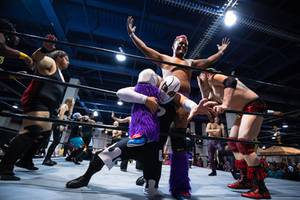
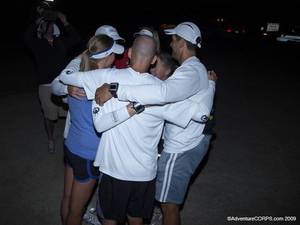
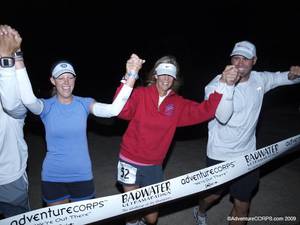

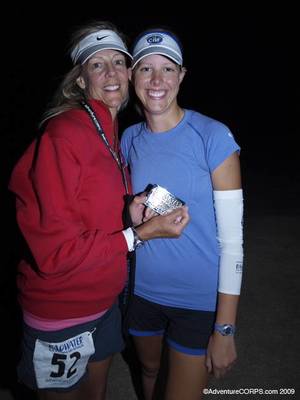
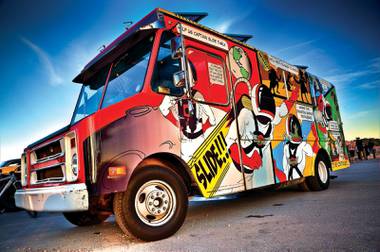
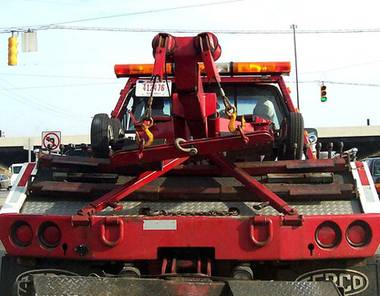
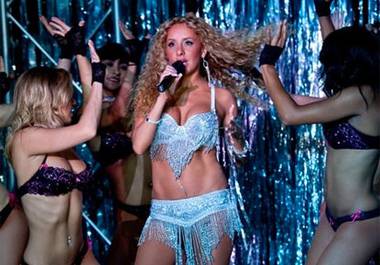
Previous Discussion: